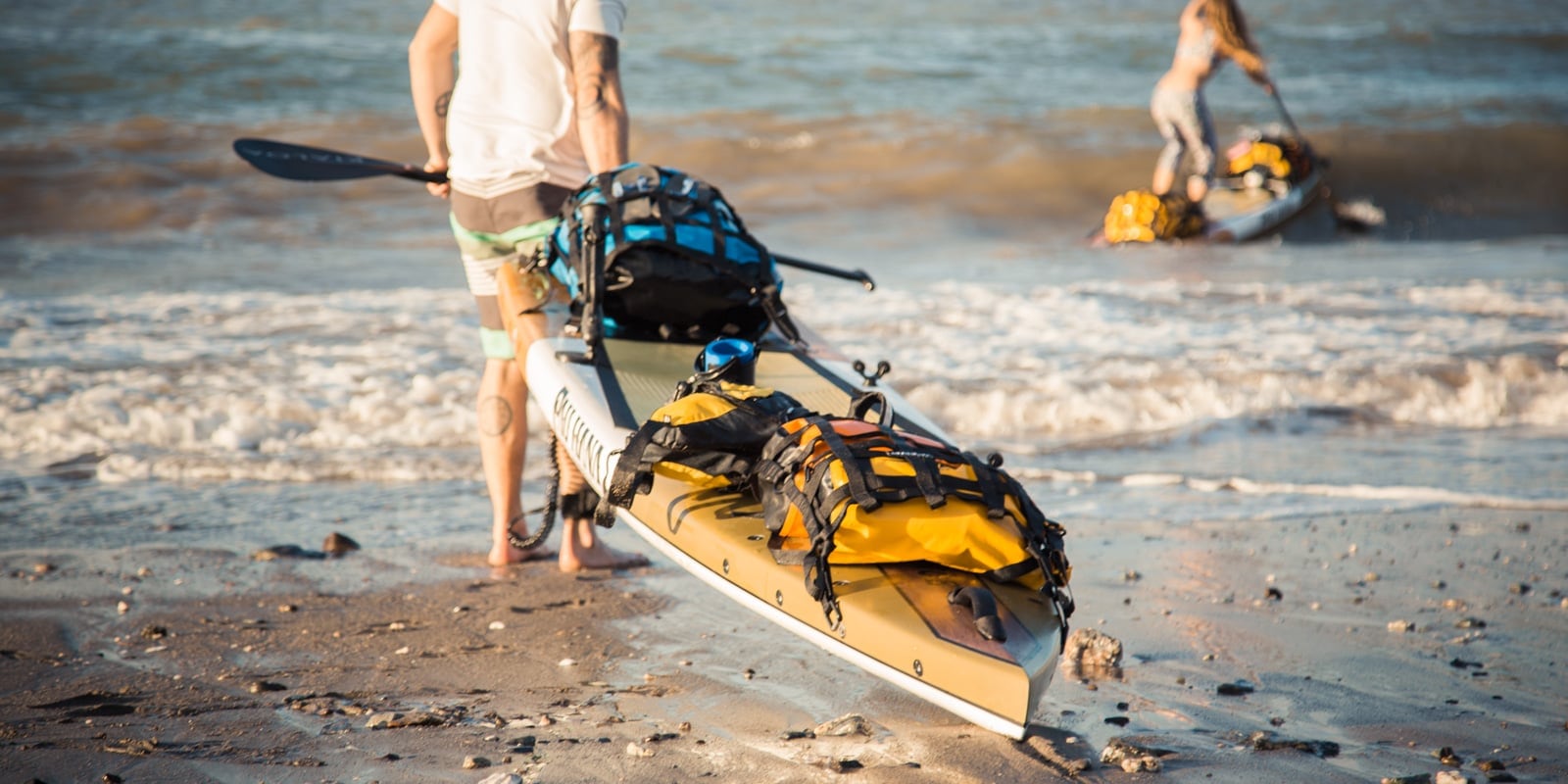You have the essentials already: a SUP board, paddle, PFD and proper clothing. Many paddlers will add accessories to this gear to make a day on the water more comfortable and fun.
This article will help you decide whether these common SUP accessories are right for you:
- Leash: A leash tethers you to your SUP so the board won't get away if you fall off.
- Deck bag: A deck bag gives you a convenient place to stash extra supplies.
- Mounts: Choose from things like a phone mount, camera mount, drink holder and fishing gear mounts.
- Bungee cord/tie-down straps: Cords and straps let you secure things like a dry bag and extra clothes to your board.
- SUP bag: These bags help protect your SUP during storage and transport.
- Cart: A cart can make moving your unwieldy SUP around simpler.
SUP Leashes
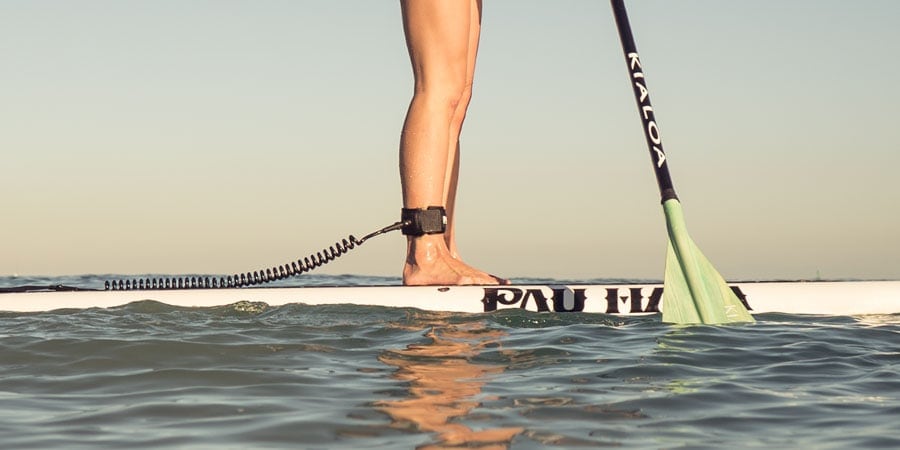
Wind and waves can quickly move your board away from you if you fall off, so using a leash that tethers your SUP to you is highly recommended. When using a leash, one end of it attaches to a dedicated point on the board and the other typically wraps around your ankle or calf.
There are two types of leashes: Coiled leashes and straight leashes.
Coiled leashes: As the name suggests, these leashes are coiled up into a nice tidy bundle. Coiled leashes are most commonly used for flatwater paddling, touring and racing.
Pros:
- The coil helps contain the leash and keeps it from hanging into the water where it can drag and possibly slow you down.
Cons:
- Coiled leashes can get tangled, especially if you move around and change positions frequently on your board, like you may do when surfing or riding rapids on a river.
- Coiled leashes can cause the board to quickly recoil back at you when you fall off, so be ready.
Straight leashes are one long cord without any coils. Straight leashes are usually preferred by surfers and river paddlers.
Pros:
- Straight leashes won't tangle as much as a coiled leash.
- They won't cause your board to recoil back at you as dramatically as a coiled leash when you fall off your board.
Cons:
- More likely to drag behind you in the water than a coiled leash, which can slow you down.
Tips for buying and using a leash:
- Get the right length: As a general rule, you want to use a leash that is about one foot longer than your paddle board.
- Buy a SUP-specific leash: If you have a surfboard at home, don't simply take the leash off that and put it on your SUP. It's likely not strong enough to handle the extra weight of a SUP.
- Ankle or calf: Some leashes are designed to attach to your ankle, others to your calf. The decision is usually based on which is more comfortable, but some paddlers find that attaching the leash to the calf can help keep it from tangling in their feet if they move around a lot on the board.
- Right or left leg: It's generally recommended to attach the leash to your dominant leg, which is the one most people will put in back when standing in a surf stance. Doing so will keep the leash behind you when you step back into surf stance on your board.
- For river paddling, wear a leash that has a breakaway feature so that if you or your board gets tangled among river debris, you'll be able to free yourself.
SUP Deck Bags
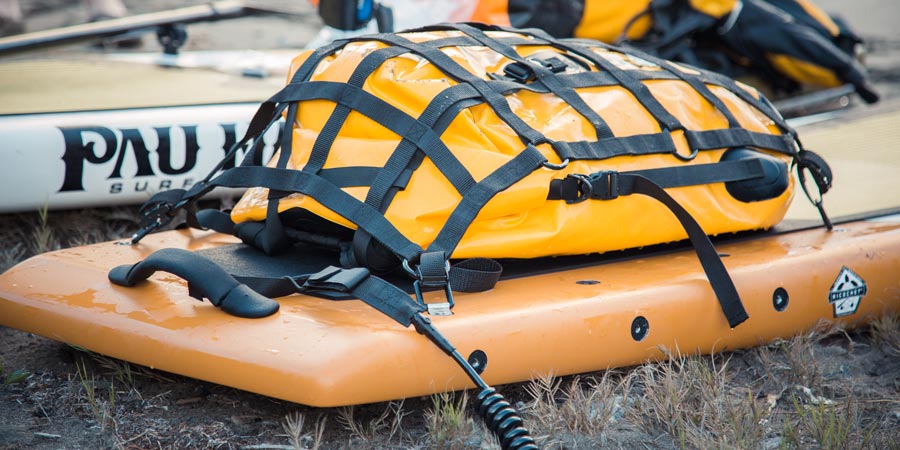
Most stand up paddle boarders avoid wearing backpacks because they can be cumbersome to have on while paddling. A deck bag is an excellent alternative.
A deck bag keeps essentials like food, water, sunscreen and extra clothing close at hand. Deck bags can attach to preplaced attachment points on your board, or you can install adhesive attachment points.
When shopping for a deck bag, consider these things:
- Volume: Make sure the bag has enough space to carry the items you like to bring with you.
- Attachment: Consider how the bag attaches to your board and whether your board already has attachment points that will work.
- Insulation: Some deck bags have insulation, making them essentially a soft cooler for your SUP. These are great if you want to carry food and cold drinks with you while you paddle.
SUP Mounts
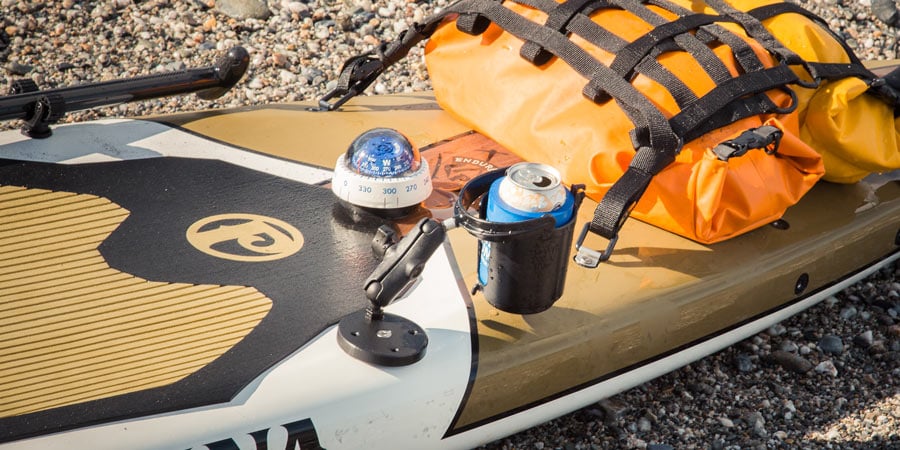
There are many different mounts available for attaching accessories to your SUP. They typically go on easily, either by attaching to preplaced attachment points on your board or with suction cups. Here are some of the popular options:
- Phone mounts: These allow you to keep your smartphone within view so you can track speed and distance, keep an eye on a map or read a text message. Make sure your phone is in a waterproof case before putting it in the mount.
- Camera mounts: Attach your action cam to the decking of your board to capture footage of your day at sea. Again, be sure the camera is in a waterproof case.
- Beverage holder: These simple mounts let you keep your drink of choice close by.
- Fishing mounts: Things like rod and paddle holders can make your day of fishing more convenient.
Bungee Cord/Tie-Down Straps
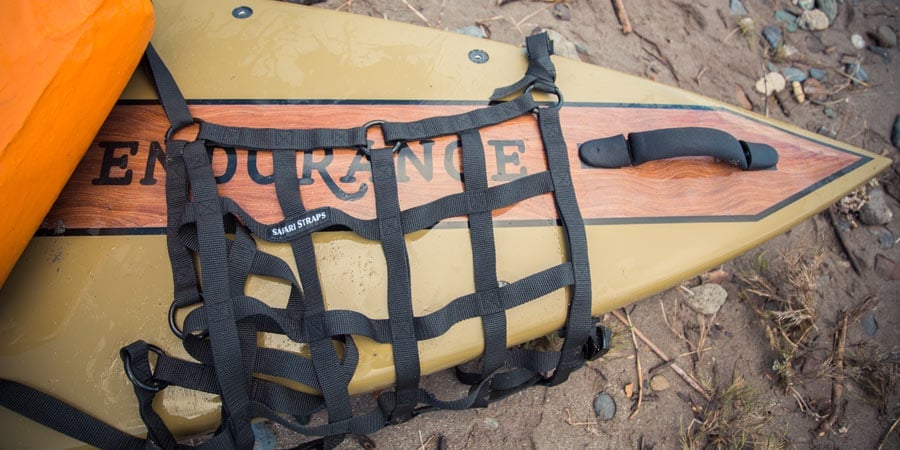
Some SUPs come with stretchy bungee cord or static tie-down straps on the front and/or rear of the board. These are handy for securing dry bags, clothing and coolers. If your SUP doesn't come with cord or straps, chances are it has dedicated attachment points for them, so you can buy the bungee cord or tie-down straps separately and thread them through the attachment points.
If your SUP doesn't have attachment points, you can add those, too. Add-on attachment points usually either suction onto your board or get glued on with epoxy.
SUP Storage Bags
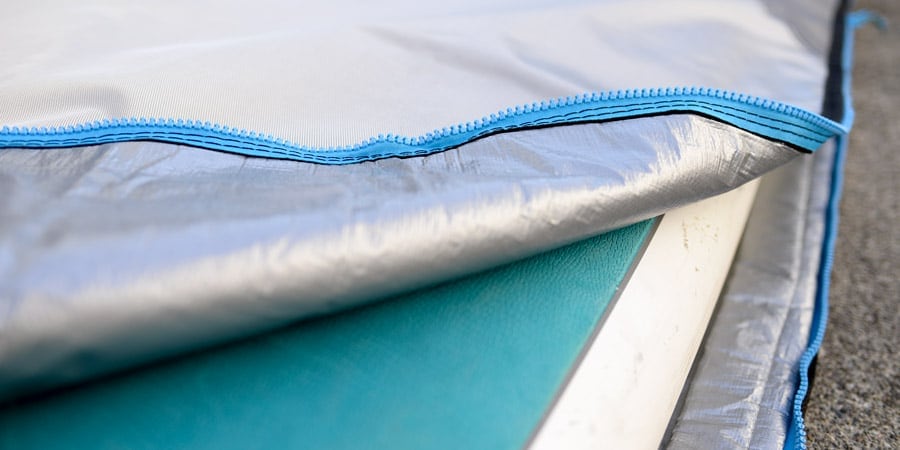
SUP storage bags can help protect your board during storage or transportation. When shopping for a bag, keep these points in mind:
- Color: Most bags come in white or silver to reflect the sun and help keep your SUP a bit cooler.
- Padding: Bags with padding will help protect your SUP from light impacts during storage and transport.
- Weatherproofing: For long-term storage, find a bag that's weatherproof to help protect your board from moisture.
- Handles: Most SUP bags have handles and/or a shoulder strap to make carrying your board easier.
- Size: Make sure the bag is big enough to fit your board.
SUP Carts
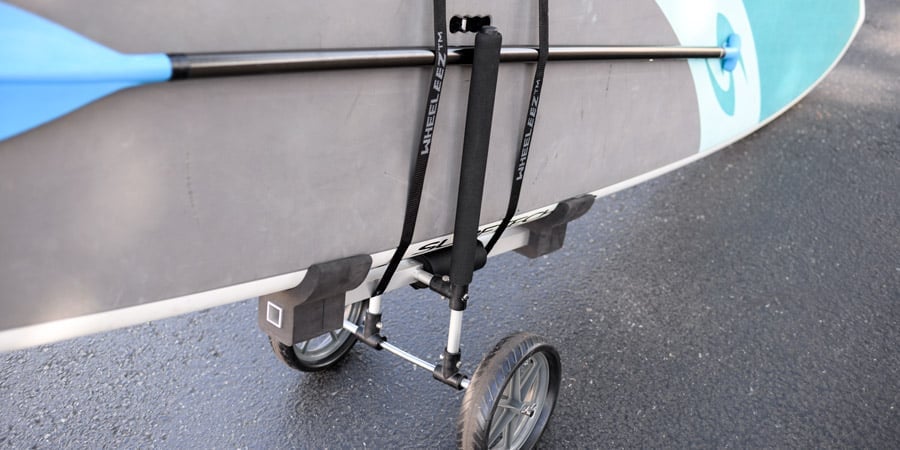
If you struggle to carry your giant SUP to and from the water, a wheeled cart can make life simpler.
If you're shopping for a SUP cart, there are just a couple things to consider:
Where the cart goes on your board: Some carts are designed to hold your board at the tail, while others go in the center.
- End-carry carts support a SUP on one end, generally the tail, with the deck (top) of the board facing the ground. With an end-carry cart, you move your board around by picking up the nose and then pushing or pulling.
- Center-carry carts support the board in the center and often hold your board on its side. You move the board around by grabbing either end and pushing or pulling.
Type of wheels: Depending on where you're taking your SUP, the types of wheels that come on a cart may be important.
- Airless wheels made from plastic won't ever go flat and they perform well on firm terrain like pavement, boat launches and packed sand.
- Air-filled tires: If you'll be wheeling through soft sand or soggy ground, air-filled tires will do better, especially really wide ones.
